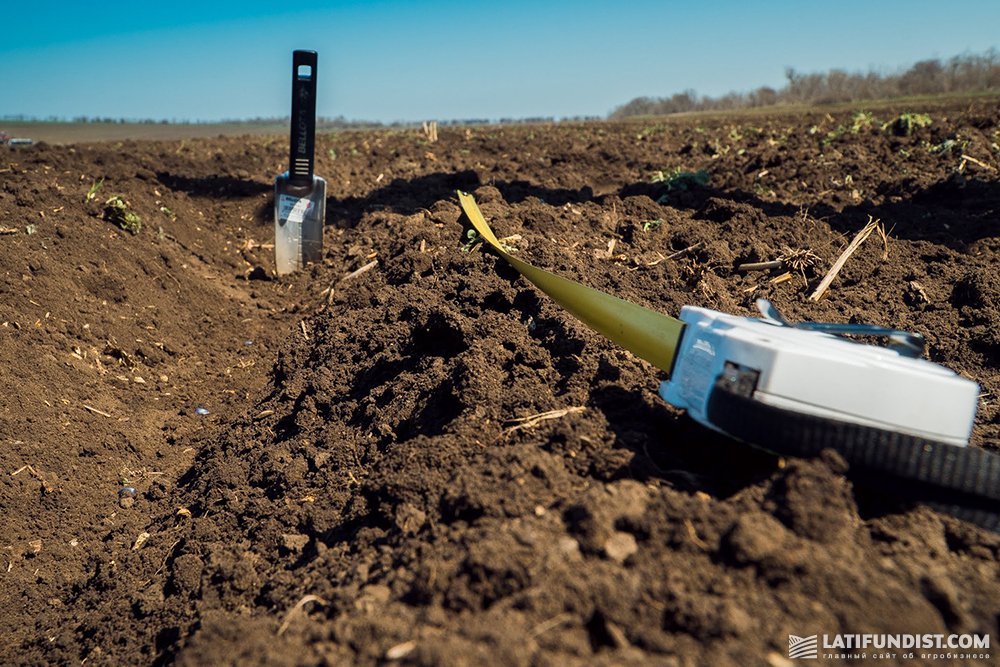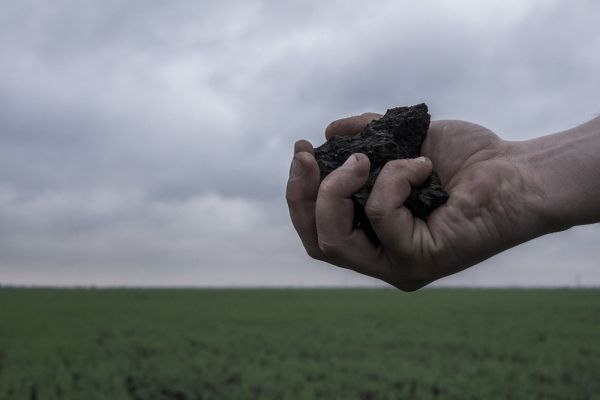In/dependence: Land Rent and Normative Monetary Valuation
Let us talk about the farm rent for the use of a standard land plot received by an individual as a result of the former collective farm split into land shares?
Farm rent is a material benefit which motivates the owner of the land plot to transfer it for use (lease). Under the current legislation, this is the payment which the lessee pays to the lessor regardless of the consequences of his or her economic activity. It is one of the essential conditions of the agreement. These days, it is perhaps the main one.
It has historically developed, that the basis for determining the amount of farm rent for the use of agricultural land plots (shares) was their normative monetary valuation (NMV). This valuation was conducted back in 1995 and, depending on the inflation rate, was subject or not to indexation.
Each year, as interest in land as a means of production revives, the parties to the contract are more and more careful in specifying the terms of rent payment and its amount. In early 2000s, 1.5% of NMV was paid, after 2005-07 — 3%, 2010 — 5%, 2012 — 7%. Last year's rates of 12-15% (and in some regions even more than 20%) surprised no one. This scheme was suitable for everyone: owners of land plots, lessees, and the state.

The fact is that land plots value was estimated during the process of land shares distribution. The area of each was determined in nominal cadastral hectares. Within one and the same collective farm, the normative monetary value of the plot was identical in the overwhelming majority of cases, even if it consisted of several land plots.
All landowners who received a land share within one collective farm received equal rent, both formally and in fact.
Agriproducers, on the other hand, calculated their economy based on the amount of rental costs per hectare of land used and, if necessary, agreed with the owners to increase the rental rate by a certain additional percentage. Everything was conditional. And with the introduction of the new NMV conducted in 2018 and put into effect in 2019, it became even more conditional.
Each land plot having a cadastral number and reflected in the cadastre was assessed. To get an idea of what it looks like in practice, it is enough to visit the NMV portal and review the assessment of land within one field. Here we see that the plots that were received by the owners as a result of splitting a collective farm, even though they are of the same size, may have completely different normative valuation. For example, one plot costs UAH 58.3 thou., while the same one nearby — UAH 56.5 thou. Furthermore, the area of both sites is about 2 ha and differs only by several square meters.

What should an agrarian do then if he has entered into rent agreements in one locality at a percentage of the NMV and pays annual rent of the same size to all landowners? Now, if we approach the calculations formally, some of them will be paid UAH 7.2 thou., others — UAH 6.8 thou. One can hardly imagine a farmer who explains to two neighbours why one of them received UAH 400 less rent than the other.
I'm sure none of us has heard of such situations. Why? Because a producer does not self-sabotage. Everyone made a decision for oneself: the owners were not paid variable rents. Things were left the way they were.
What of formalities? It's pretty risky to pay a rent that's different from the amount specified in the contract. It's fine if the actual amount is higher than what's in the contract, but it is quite different if you pay less.
Therefore, it is better for agriproducers to settle formalities and make changes to the contract first chance. The rent amount should be set out in a well-defined amount in national currency.
Vladimir Nagorny, Head of the Land Policy and Property Relations Department at MHP





